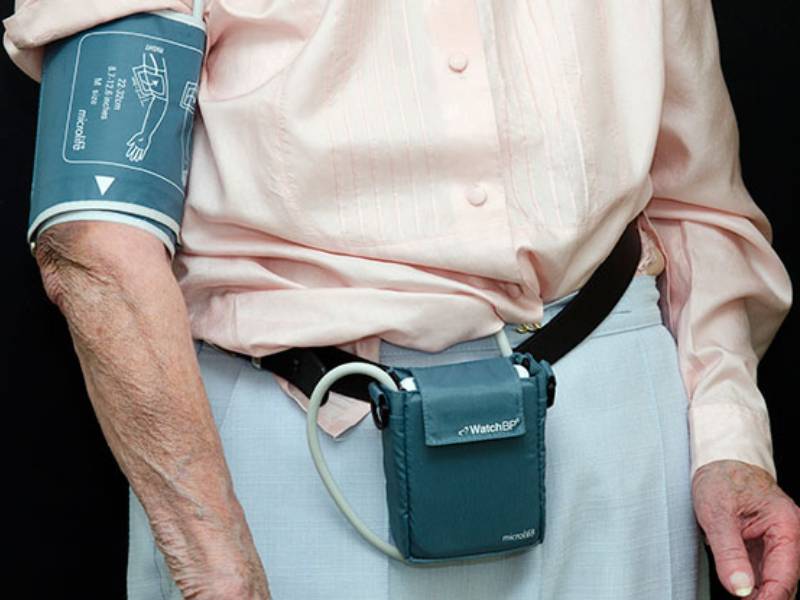ABPM,WCH & MASKED HT
- Category: Hypertension
- Date: 25-04-2024
Ambulatory Blood Pressure Monitoring (ABPM) :
Current guidelines for the diagnosis and management of Hypertension unanimously recommend using (where possible)24-hour ambulatory blood pressure monitoring for assessing blood pressure Variations over the whole day , including sleeping hours. ABPM has also been recommended as a prerequisite for individualizing hypertension management, especially in patients with additional risk factor and erratic office measurement in many countries. in clinical practice, ABPM in used to determine the presence of white –coat hypertension (High office BP without high out –of-office BP among those not taking antihypertensive medication)and masked hypertension(High out-of-office BP without high office BP among those not taking antihypertensive medication), white-coat effect(High office BP without high out-of-office BP among those taking antihypertensive medication)masked uncontrolled hypertension(high out-of-office BP without high office BP among those taking antihypertensive medication), nocturnal hypertension (high nighttime BP), and BP dipping patterns (i.e.., dipping , no dipping , extreme dipping, and reverse dipping.)
White Coat Hypertension (WCH) :
White coat hypertension (WCH)describes a blood pressure phenotype present in untreated individuals with elevated clinic blood pressure but normal out-of-office values.WHC is an important phenomenon to understand because it is a proposed risk factor for the development of sustained hypertension.target organ damage, and possible the occurrence of cardiovascular events. Recently, WCH has been found to increase the relative risk of sustained hypertension by almost three –fold compared to patients with normal blood pressure, Furthermore, WHC can impair myocardial function. Compared with normotensive patients, there is an increased risk of carotid atherosclerosis. The diagnosis is confirmed when the office blood pressure presents a clinically significant elevation(>20mmHg for systolic blood pressure and>10mmHg for diatolic blood pressure) compared to out-of-office ABPM measurements or HBPM measurement.
Masked Hypertension:
Masked hypertension might be suspected in persons with an increased office blood pressure at some time, in young persons with normal or high normal office blood pressure who have left ventricular hypertrophy, in persons who have a family history of hypertension in both parents, in diabetics, in persons with multiple cardiovascular risk factors, and in obese individuals. Masked hypertension in estimated to occur in 10% to 30% of persons. Masked hypertension was diagnosed by ambulatory blood pressure monitoring in14% of persons and by home blood pressure monitoring in 11% of persons. It may be reasonable to screen for masked hypertension with ambulatory blood pressure monitoring or with home blood pressure monitoring if the office systolic blood pressure is 120 to 129 mmHg or if the office diastolic blood pressure is 75 to 79 mmHg.

